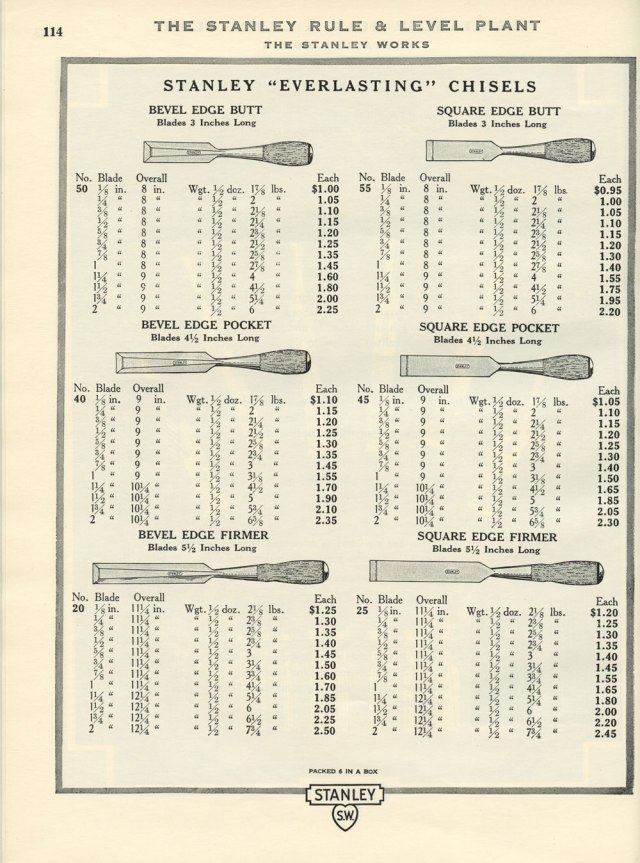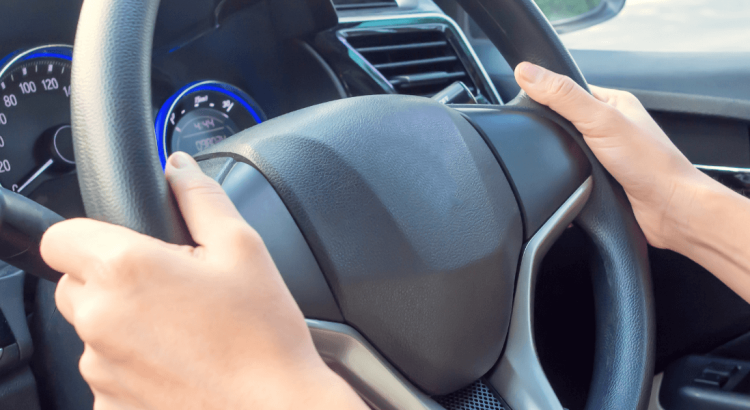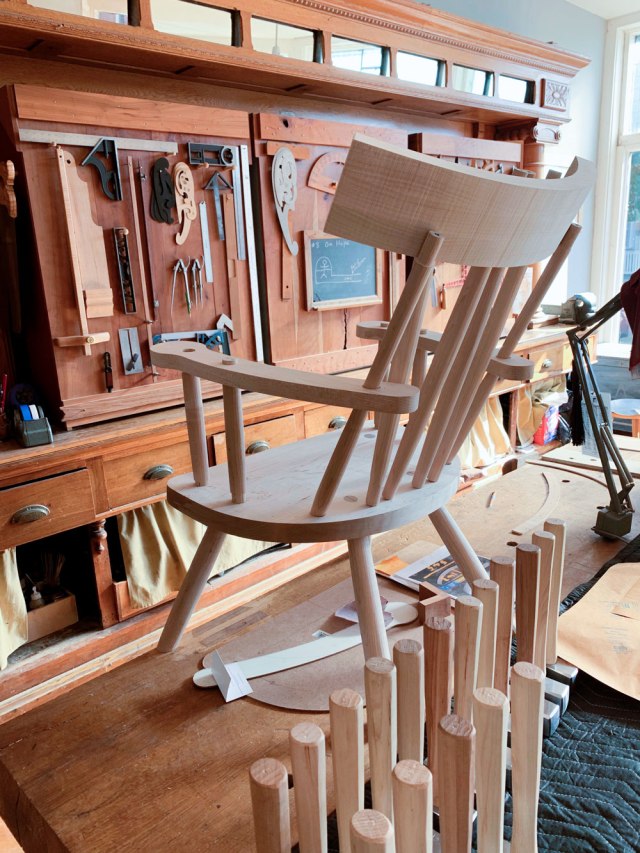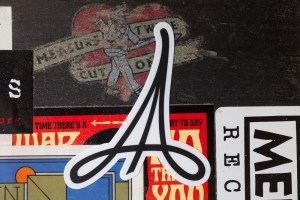Cruise Control: What it is and How it Works
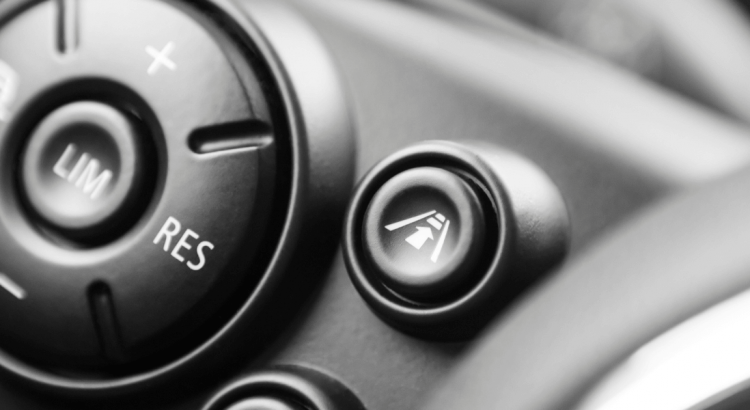
Cruise Control: What it is and How it Works
Cruise control is a driving tool that allows drivers to keep their vehicle at a constant speed without pressing down on the accelerator pedal.
In this article, we’ll detail exactly how the mechanism works, so read on to find out!
What is Cruise Control?
Cruise control is the car component responsible for maintaining a vehicle’s speed.
This system, which is also known as speed control, cruise command, autocruise, or tempomat, allows drivers to maintain their vehicle’s speed without accelerating – an important feature on long trips.
Since it was created, this system has seen some developments, such as adaptive cruise control, semi-autonomous driving systems, and speed limiters, which are included in some of these systems.
![]()
- Car Repair Shop: The Best Tools
How does Cruise Control work?
Cruise control helps control speed and is activated when a driver pushes a knob or button on their vehicle, which is usually located on the steering wheel.
Once the desired speed is selected, the car will stop applying power whenever the speed set is close to being exceeded.
When the driver activates the braking system or engages the clutch, cruise control switches off, and the driver is put back in control of all vehicle mechanisms.
PID regulator system
Cruise control uses the PID (Proportional-Integral-Derivative) regulator system to compare and adjust a car’s speed relative to the speed desired within a specific timeframe.
In addition, it uses the vehicle’s speed history to calculate its engine power.
If the car has almost reached the speed set, the engine applies a small amount of power. If the car is driving significantly below the speed set, it will use more power.
The result is a combination of three PID regulator functions:
- Proportional (P): brings the current speed closer to the speed desired;
- Integral (I): maintains the correct power to reach the speed set;
- Differential (D): stabilises vehicle speed when it approaches the speed set.
What types of Speed Controller are there?
This system has several functionalities. However, the most common are:
-
Speed limiter
Speed limiters are systems within cruise control systems, and, as the name implies, they limit the speed at which drivers drive.
Regardless of the pressure placed on the accelerator, the vehicle will not go beyond the speed set by the speed limiter.
In 2019, the European Union approved the imposition of speed limiters in cars produced from 2022 onwards to reduce tragic numbers of road accidents.
With this measure, the EU plans to save 25 thousand lives and avoid 140 thousand serious injuries by 2038. The goal for 2050 is to reach zero deaths and serious injuries.

-
Adaptive Cruise Control
Adaptive cruise control, also known as ACC, is a development of the initial cruise control system.
The system uses a front sensor to detect the speed of the vehicle in front, adjusting the speed of the vehicle accordingly.
In doing so, the system calculates the safety distance between vehicles to promote defensive driving and ensure the safety of all.
When this distance decreases, the vehicle automatically brakes to maintain the safety distance established.
-
Semiautonomous driving speed controls
Semiautonomous driving systems increase the passive safety of vehicles by controlling a vehicle’s speed within a lane.
The speed controls maintain the vehicle’s speed while the rest of the system keeps its wheels within the lane.
This system is able to independently take a vehicle between lanes simply by a driver indicating.

What are the benefits of Cruise Control?
Here are the main advantages of cruise control:
- Makes journeys less tiring for drivers;
- No distractions when controlling speed;
- Fuel savings due to less accelerating and decelerating;
What are the disadvantages of Cruise Control?
Here are the main disadvantages of cruise control:
- May cause drowsiness;
- Dangerous on tighter curves;
- Can only be used on motorways and dual carriageways;
- Not recommended for use on wet or snow-covered road surfaces.
How does a driver activate Cruise Control?
To activate cruise control:
- Press the lever or button;
- Accelerate until your vehicle reaches the speed you desire;
- Press the “Set” button;
- Move the lever up or down;
- Drive on.
The way in which the system is activated varies between car manufacturers. Therefore, check your owner’s manual before using cruise control.
As you can see, this system helps improve driving experience, provided it is used wisely. If you fail to do so, you may be placing yourself in danger.
What should you be Careful of with Cruise Control?
You should be careful when using cruise control and avoid using it in some situations, such as:
- Adverse weather conditions (rain, snow, hail, or frost);
- Steep roads;
- Roads with lots of curves or tight turns;
- Heavy traffic.
What type of Maintenance does a Cruise Control System Need?
As it is an electrical system, maintenance is simple when compared to maintaining a mechanical system.
However, when carrying out preventive maintenance of your vehicle, check for error messages on your vehicle’s electronic control unit.
When carrying out this maintenance, vehicle owners must fix any system errors so that they do not affect the operationality of the cruise control system.
One of the main questions relating to cruise control is regarding fuel savings. Does using cruise control help save fuel?
Depending on how cruise control is used, vehicles may use more or less fuel when the system is activated.
How much Fuel does a Car use When Driving with Cruise Control?
In general, the system provides fuel savings, as it prevents braking and sudden speed changes. However, there are some exceptions.
One of the situations in which driving in cruise control uses more fuel is when driving on hills.
When driving uphill, the system forces the vehicle’s engine to increase rotations without shifting down gears. As a result, vehicles use more fuel under these circumstances.
Interested in finding out more about the world of all-things cars? Then follow us on Facebook and keep up with our daily content.
![]()


